The Electric Evolution: Boston Dynamics Unveils the Future of Humanoid Robotics
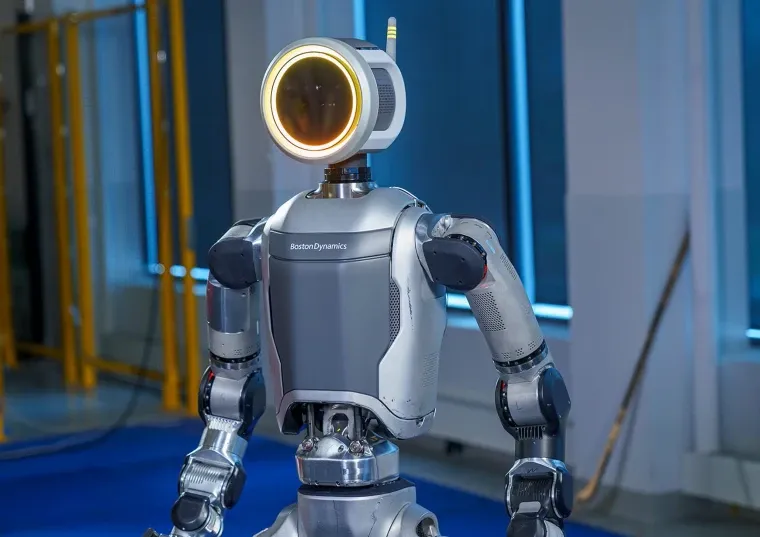
In a world where technology is rapidly advancing, Boston Dynamics has once again pushed the boundaries of what's possible with the introduction of their all-electric humanoid robot, Atlas. This groundbreaking development marks a significant shift from the company's previous hydraulic models, ushering in a new era of robotic innovation that is set to captivate tech enthusiasts and the general public alike.
A Sleek and Sophisticated Design
The new Atlas robot boasts a sleek and sophisticated design that is both visually appealing and functionally superior to its predecessors. The robot's exterior features smooth, streamlined covers that protect its major components, giving it a polished and consumer-friendly appearance. The large status light on the head, reminiscent of the power button on the Spot robot assembly line, adds a touch of familiarity and accessibility to the design.
This attention to detail not only enhances the robot's aesthetic appeal but also reflects Boston Dynamics' commitment to creating robots that are both technologically advanced and relatable to the average person. By incorporating design elements that are both stylish and functional, the company is paving the way for a future where humanoid robots are not only accepted but embraced by society.
Video: Boston Dynamics unveils the next generation of humanoid robots—a fully electric Atlas robot designed for real-world applications. The new Atlas builds on decades of research and furthers our commitment to delivering the most capable, useful mobile robots solving the toughest challenges in industry today: with Spot, with Stretch, and now with Atlas.
Unparalleled Performance and Agility
The transition from a hydraulic to an all-electric system has unlocked a new level of performance and agility for the Atlas robot. The electric actuators and 360-degree joints allow for a wide range of fluid, human-like movements that were previously impossible due to the limitations of the hydraulic system. This increased flexibility and range of motion enable Atlas to perform complex maneuvers, such as cartwheels and backflips, with unprecedented ease and grace.

The all-electric design also eliminates the risk of leaks and the need for bulky hydraulic lines, resulting in a more reliable and streamlined robot. This not only improves the robot's overall performance but also makes it more practical for real-world applications. With its enhanced strength, dexterity, and agility, the electric Atlas is poised to revolutionize the field of humanoid robotics and open up new possibilities for how these machines can be used in various industries.
A Milestone in Robotic Innovation
The introduction of the all-electric Atlas represents a significant milestone in Boston Dynamics' ongoing quest to push the boundaries of robotic innovation. Building upon the successes and challenges of the hydraulic Atlas, which had been a prominent figure in the world of robotics for nearly a decade, the company has leveraged its expertise and experience to create a robot that is not only more advanced but also more commercially viable.
The retirement of the hydraulic Atlas, which had captivated audiences with its impressive capabilities and viral video performances, marks the end of an era and the beginning of a new one. The all-electric Atlas is set to take center stage, showcasing the latest advancements in humanoid robotics and inspiring a new generation of innovators and enthusiasts.

The Future of Humanoid Robotics
As Boston Dynamics prepares to pilot test the electric Atlas at Hyundai facilities starting next year, the world eagerly awaits the results of this groundbreaking collaboration. The partnership between these two industry leaders highlights the growing interest in humanoid robotics and the potential for these machines to transform various sectors, from manufacturing and construction to healthcare and beyond.

The all-electric Atlas represents a significant step forward in the development of humanoid robots that are not only technologically advanced but also practical and accessible. As the technology continues to evolve, we can expect to see more sophisticated and versatile humanoid robots that are capable of performing an ever-expanding range of tasks.
However, the future of humanoid robotics is not just about technological advancements; it's also about the social and ethical implications of integrating these machines into our daily lives. As we move closer to a world where humanoid robots are a common sight, it's crucial that we engage in open and honest discussions about the potential benefits and challenges of this technology.
Embracing the Electric Evolution
The introduction of the all-electric Atlas by Boston Dynamics marks a pivotal moment in the history of humanoid robotics. This groundbreaking development not only showcases the latest advancements in robotic technology but also reflects a broader shift in how we perceive and interact with these machines.
As we embrace the electric evolution, it's essential that we approach this technology with a sense of excitement and curiosity, tempered by a healthy dose of caution and responsibility. By fostering a culture of innovation and collaboration, we can harness the potential of humanoid robotics to create a better, more efficient, and more sustainable future for all.

The all-electric Atlas is just the beginning of this exciting journey, and as we watch Boston Dynamics and other industry leaders continue to push the boundaries of what's possible, we can't help but feel a sense of awe and anticipation for what the future holds. So, let's buckle up and get ready for the ride of a lifetime as we witness the electric evolution of humanoid robotics unfold before our very eyes.
Under the Hood: Exploring the Technical Marvels of the All-Electric Atlas
While the all-electric Atlas's impressive capabilities and sleek design are sure to capture the public's imagination, it's the cutting-edge technology under the hood that truly sets this robot apart. The transition from hydraulic to electric power has enabled Boston Dynamics to incorporate a host of advanced components and systems that work together seamlessly to create a robot that is both powerful and precise.
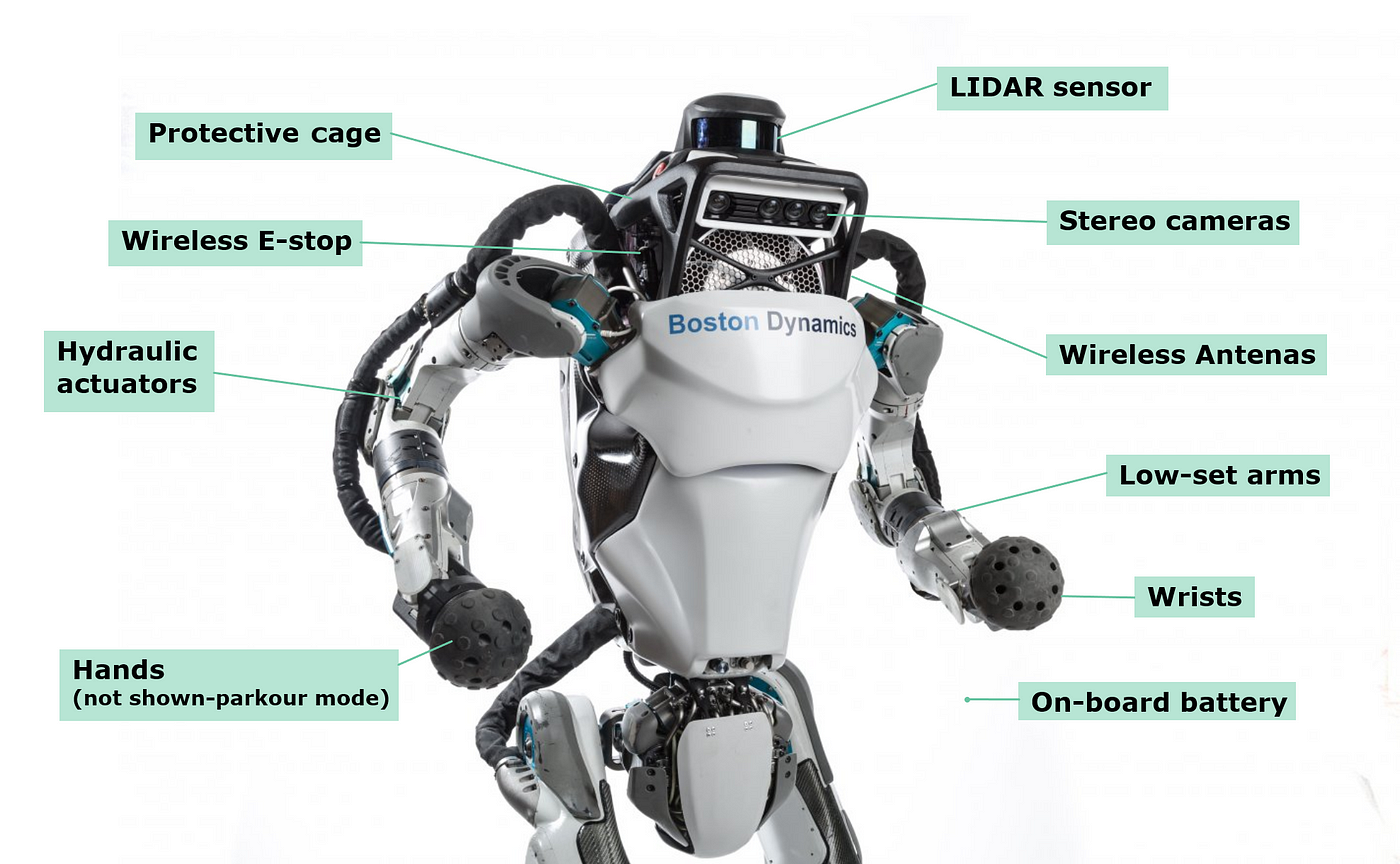
At the heart of the all-electric Atlas lies a custom-designed battery pack that provides the robot with the energy it needs to perform its various tasks. This high-capacity, quick-charging battery ensures that Atlas can operate for extended periods without the need for frequent recharging, making it more practical for real-world applications.
To control the robot's movements, Boston Dynamics has developed a sophisticated system of electric actuators and servo motors. These components work in tandem with the robot's 360-degree joints to provide an unprecedented level of flexibility and control. The actuators and motors are carefully calibrated to deliver the precise amount of force and torque needed for each movement, enabling Atlas to perform complex maneuvers with ease.

The all-electric Atlas also features an array of advanced sensors and cameras that allow it to perceive and navigate its environment. These include LIDAR sensors, which use laser light to create detailed 3D maps of the robot's surroundings, and stereo cameras that provide depth perception and object recognition capabilities. By combining data from these sensors with its onboard computer vision algorithms, Atlas can identify and avoid obstacles, locate objects of interest, and plan its movements accordingly.
To process the vast amounts of data generated by its sensors and control its various systems, the all-electric Atlas relies on a suite of powerful onboard computers. These include a central processing unit (CPU) for general computing tasks, a graphics processing unit (GPU) for handling computer vision and machine learning workloads, and a dedicated motor control unit (MCU) for managing the robot's actuators and motors. These computers are housed in a compact, ruggedized enclosure that protects them from the elements and ensures reliable operation in challenging environments.

One of the most impressive aspects of the all-electric Atlas is its ability to adapt to changing conditions and learn from its experiences. To achieve this, Boston Dynamics has equipped the robot with advanced machine learning algorithms that allow it to continuously improve its performance over time. By analyzing data from its sensors and the outcomes of its actions, Atlas can refine its control strategies, optimize its movements, and even develop new skills through a process of trial and error.
As Boston Dynamics continues to refine and expand the capabilities of the all-electric Atlas, we can expect to see even more impressive feats of robotics in the years to come. With its combination of advanced hardware, sophisticated software, and machine learning algorithms, Atlas represents a major step forward in the development of humanoid robots that can work alongside humans in a wide range of settings.

The Competitive Landscape: How the All-Electric Atlas Stacks Up
While the all-electric Atlas is undoubtedly a groundbreaking achievement in the field of humanoid robotics, it's important to consider how it compares to other robots in the market. As the demand for advanced robotics solutions grows across various industries, several companies have emerged as key players in the development of humanoid robots.
One notable competitor is Tesla, which has been working on its own humanoid robot, the Tesla Bot (also known as Optimus). While the Tesla Bot is still in the early stages of development, it has generated significant buzz due to the company's reputation for innovation and its ambitious plans for the robot. Like the all-electric Atlas, the Tesla Bot is designed to be a versatile, multi-purpose robot capable of performing a wide range of tasks. However, the Tesla Bot relies on electric motors rather than hydraulics, which could give it an advantage in terms of energy efficiency and noise reduction.
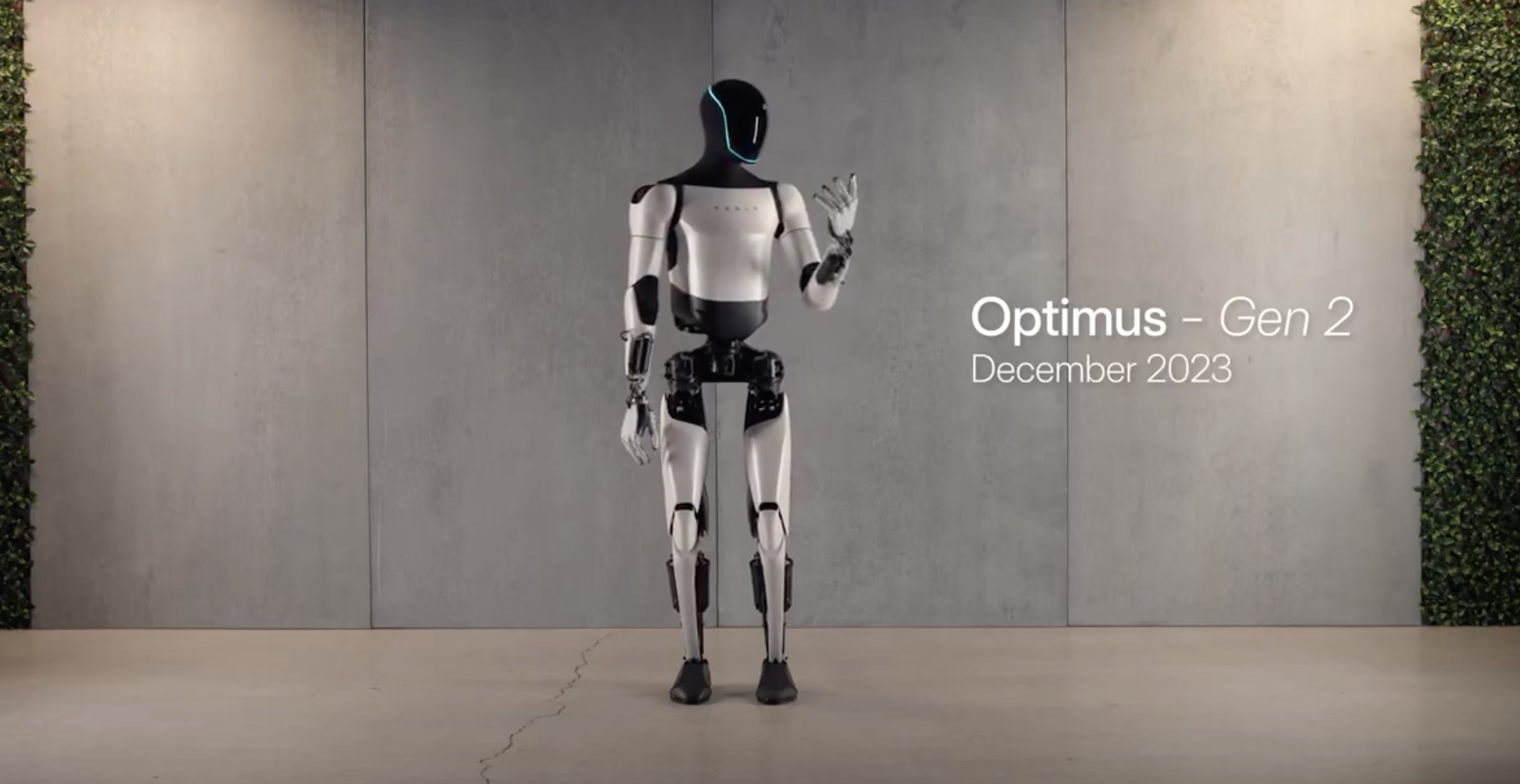
Another major player in the humanoid robotics space is Honda, which has been developing its ASIMO robot for over two decades. ASIMO is known for its advanced mobility and ability to navigate complex environments, making it well-suited for applications in fields such as healthcare and entertainment. While ASIMO has impressed audiences with its capabilities, it has yet to achieve the same level of agility and dexterity demonstrated by the all-electric Atlas.
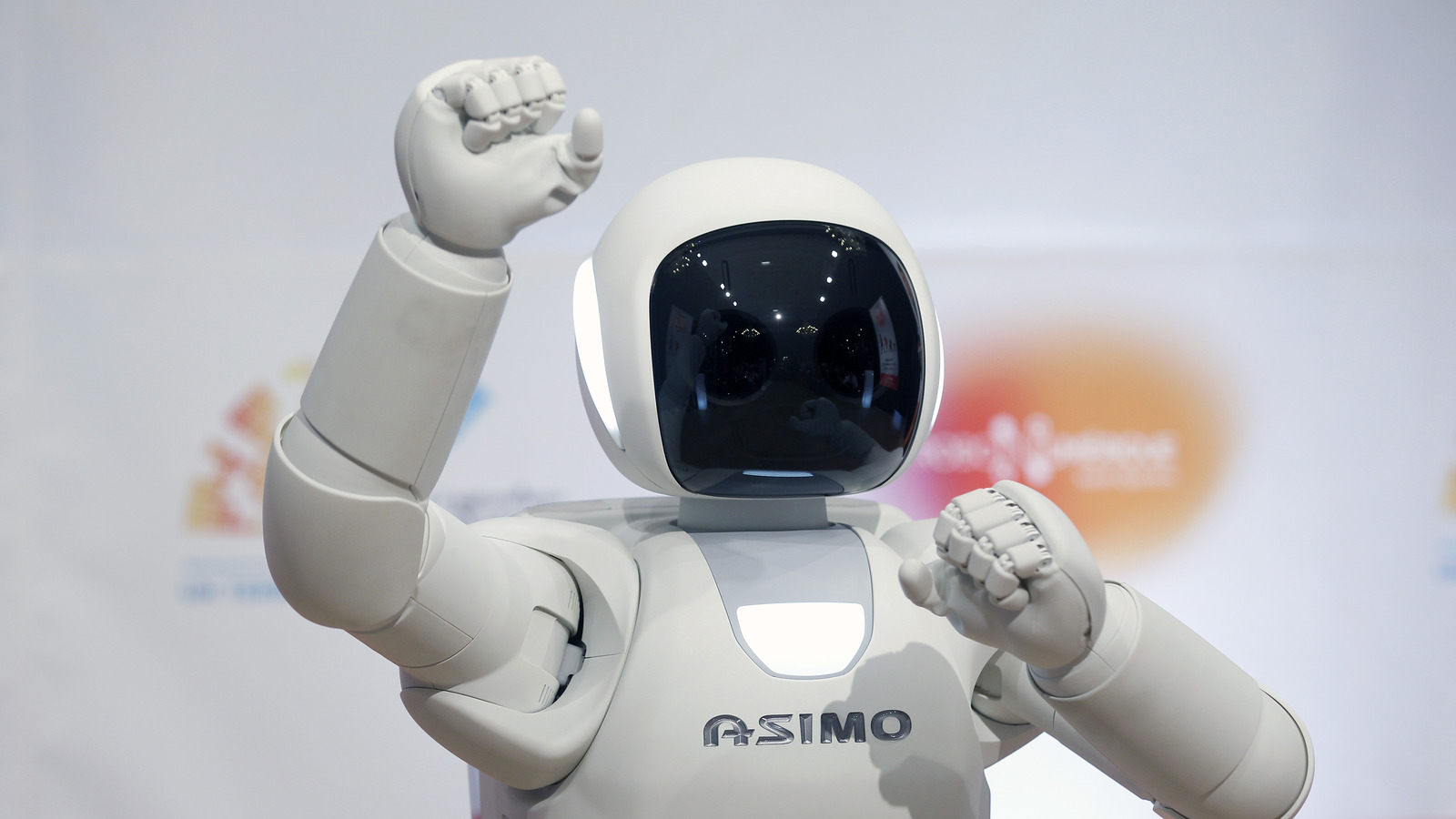
Other notable competitors in the humanoid robotics market include UBTECH Robotics, which has developed a range of humanoid robots for education and entertainment purposes, and PAL Robotics, which focuses on developing robots for research and industrial applications. While these companies have made significant strides in their respective niches, they have yet to produce a robot with the same breadth of capabilities as the all-electric Atlas.
Despite the competitive landscape, Boston Dynamics remains at the forefront of humanoid robotics innovation. The company's decades of experience, combined with its focus on pushing the boundaries of what's possible, have enabled it to create a robot that is truly in a class of its own. As the all-electric Atlas continues to evolve and demonstrate new capabilities, it's likely to set the standard for humanoid robots in the years to come.
The Potential Impact of the All-Electric Atlas on Various Industries
As the all-electric Atlas continues to push the boundaries of what's possible in the field of humanoid robotics, it's worth considering the potential impact this groundbreaking technology could have on various industries. From manufacturing and construction to healthcare and beyond, the applications for advanced humanoid robots like Atlas are virtually limitless.
In the manufacturing sector, the all-electric Atlas could revolutionize the way products are assembled and handled. With its ability to perform complex tasks and navigate challenging environments, Atlas could work alongside human workers to increase efficiency, reduce errors, and improve overall productivity. This could lead to significant cost savings for manufacturers and help them remain competitive in an increasingly automated world.
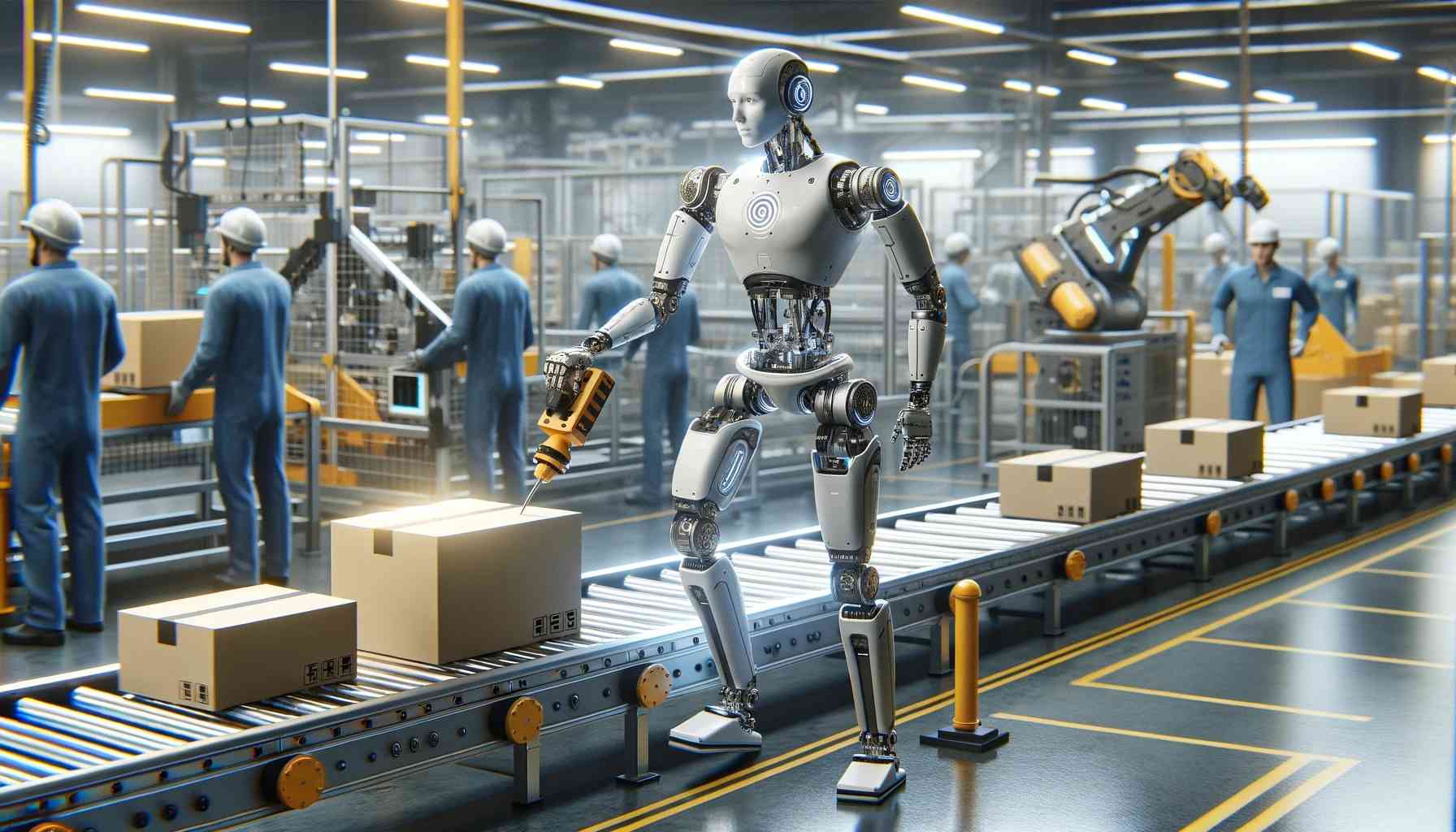
The construction industry could also benefit greatly from the introduction of humanoid robots like the all-electric Atlas. These robots could be deployed to perform tasks that are dangerous or difficult for human workers, such as working at great heights or in confined spaces. By taking on these roles, Atlas could help reduce the risk of accidents and injuries on construction sites, while also accelerating project timelines and reducing labor costs.
In the healthcare sector, humanoid robots like Atlas could play a crucial role in assisting medical professionals and improving patient care. For example, Atlas could be used to transport medical supplies and equipment, assist with patient mobility, and even perform certain medical procedures under the guidance of human doctors. This could help alleviate the strain on healthcare systems, particularly in areas where there is a shortage of qualified medical personnel.

Beyond these industries, the all-electric Atlas could also have a significant impact on fields such as search and rescue, disaster response, and space exploration. With its ability to navigate rough terrain, manipulate objects, and perform complex tasks, Atlas could be a valuable asset in situations where human intervention is too dangerous or impractical.
As the capabilities of humanoid robots like the all-electric Atlas continue to expand, it's clear that they will play an increasingly important role in shaping the future of work and society as a whole. While there are certainly challenges and ethical considerations to be addressed as this technology advances, the potential benefits are too significant to ignore. By embracing the power of humanoid robotics and working to ensure their responsible development and deployment, we can unlock new possibilities for innovation, efficiency, and human progress in the years to come.





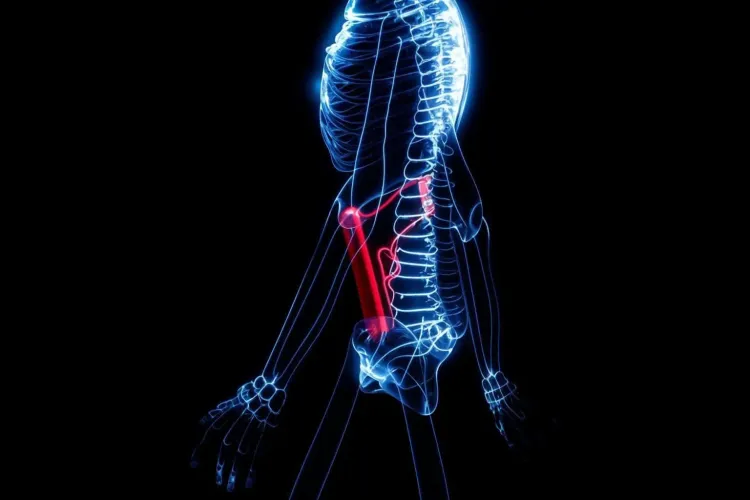

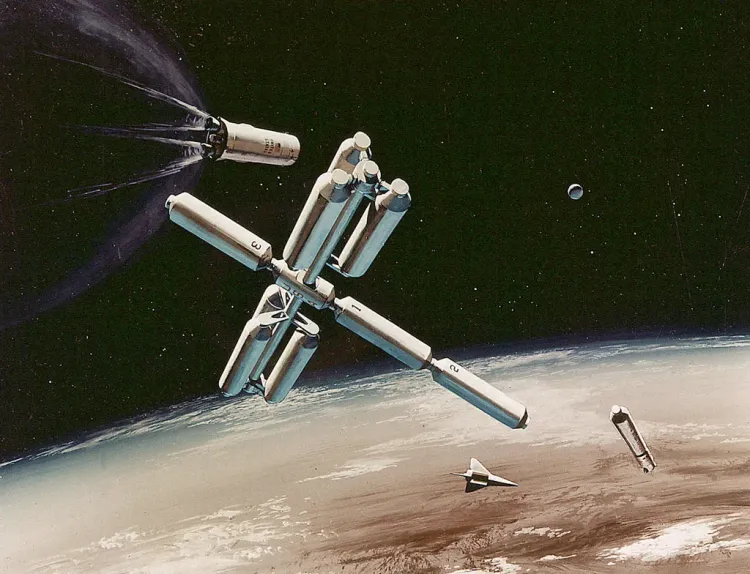



Member discussion